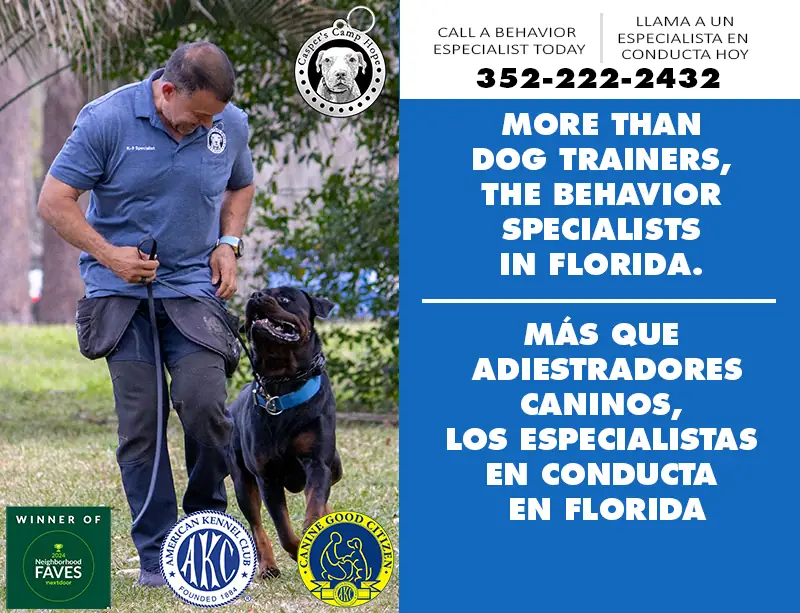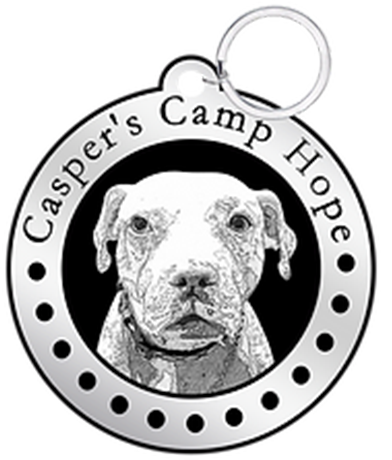- **Create a Safe Space**
Establish a designated area in your home where your dog can retreat when feeling anxious. This space should be comfortable and quiet. It can serve as a safe haven during stressful situations. Conditioning the dog to sleep in a crate is highly recommended. The crate should represent a safe place for the dog. It should never bee used to punish o in a negative fashion. - **Desensitization and Counter-Conditioning**
Gradually expose your dog to the source of their fear in a controlled manner. Start at a distance where they feel comfortable and reward them for calm behavior. Slowly decrease the distance over time while continuing to reward positive reactions. - **Positive Reinforcement**
Use treats, praise, and affection to reward your dog when they display calm behavior in situations that typically trigger anxiety. This helps them associate the feared situation with positive experiences. - **Maintain a Routine**
Dogs thrive on routine, and a consistent daily schedule can help reduce anxiety. Regular feeding, walking, and playtimes can provide a sense of stability and predictability. - **Training and Obedience**
Basic training can boost your dog's confidence and provide mental stimulation. Teaching commands can also help redirect their focus during anxious moments. - **Exercise and Mental Stimulation**
Regular physical activity can help reduce anxiety levels. Engage your dog in daily walks, play sessions, or interactive toys to keep their mind and body occupied. - **Stay Calm Yourself**
Dogs are sensitive to their owner’s emotions. If you remain calm and relaxed during stressful situations, it can help your dog feel more secure. Remember that the dogs seeks reference in you. - **Professional Help**
If your dog's anxiety is severe or persistent, consider consulting a professional dog trainer who specializes in behavior modification. They can provide tailored strategies to help your dog build confidence. - **Gradual Exposure to New Experiences**
Introduce your dog to new environments, people, and other animals at a pace they can handle. This gradual exposure can help them build confidence and reduce fear over time.
Conclusion
Addressing dog anxiety or fear requires patience and a tailored approach. By creating a supportive environment, taking a leadership role to assure you dog that everything is under control, and seeking professional guidance when needed, you can help your dog navigate their fears and lead a more relaxed, happy life.
Cookies help us deliver our services. By using our services, you agree to our use of cookies.




